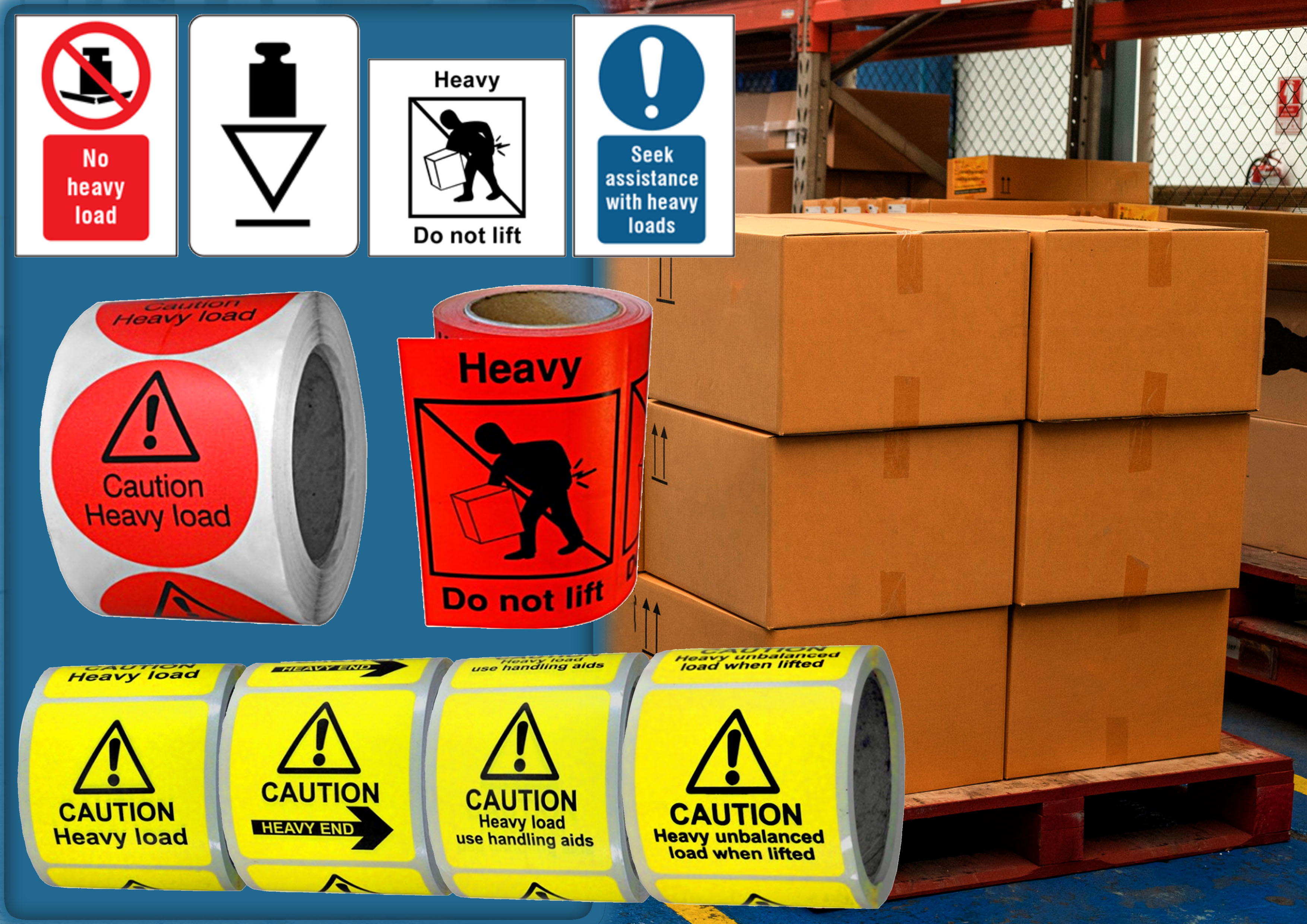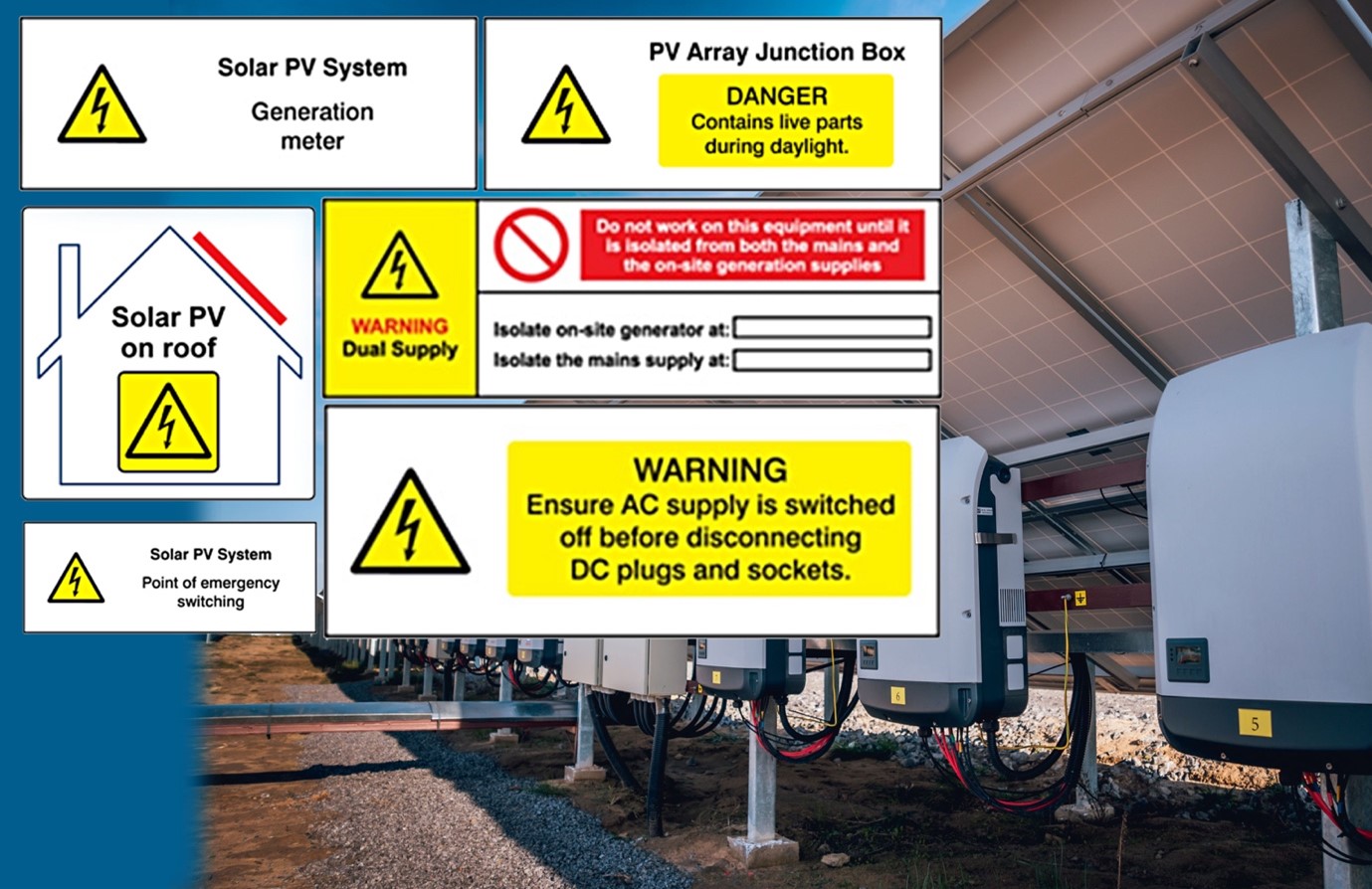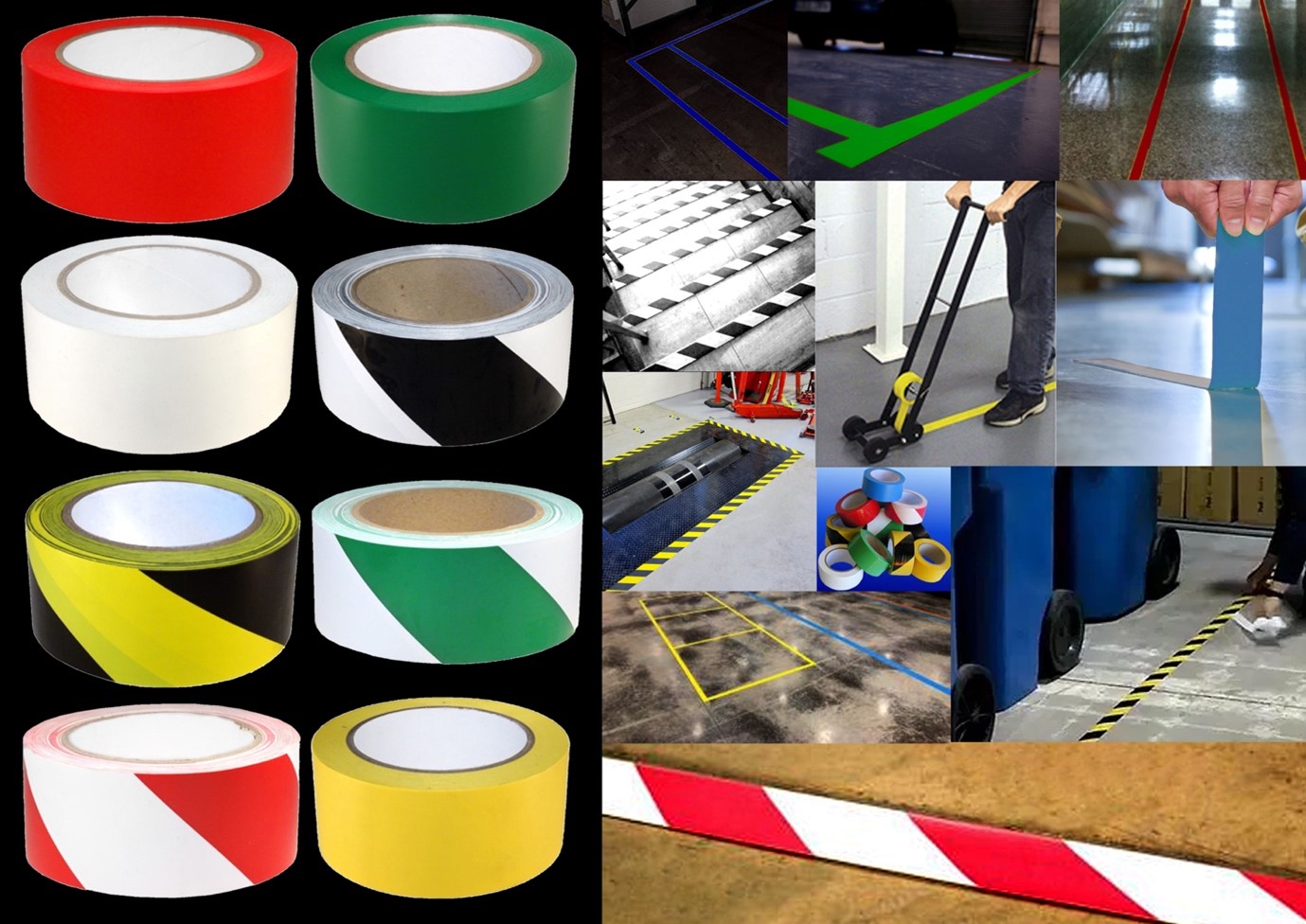
The world of health and safety continues to evolve as we know more about the effects certain things have on our bodies. Putting in place the right preventative measures can help avoid costly accidents to businesses and employees alike.
Lifting heavy loads is no exception to this. When done without the proper technique, it can be very dangerous. That’s why we’ve outlined the correct lifting procedure, so you know how to lift an object with significant weight correctly, every time.
How to Lift Heavy Objects Safely
Following these tips will help you avoid manual handling risks like putting pressure or strain on the lower back and spinal discs when lifting heavy loads.
Keep a wide support base
- Always keep your feet shoulder-width apart, with one foot slightly ahead of the other to improve balance.
Squat
- Bending at the hips and knees only as you squat down, put one knee on the floor with the other out in front of you if needed.
Maintain good posture
- Looking straight ahead, keep your back straight, chest pushed out with your shoulder back
Lift slowly
- Straighten your hips and knees while bearing the weight, keeping your back straight, avoiding twisting as you lift.
Holding the load
- Keep the heavy load as close to your body as possible, in line with your belly button.
Changing direction
- Use your feet to change direction, only taking small steps at a time.
Lead with the hips
- When you need to change direction, be sure to keep your shoulders and hips aligned, avoiding twisting the upper or lower parts of the body on their own.
Setting down
- Place the heavy load down carefully, repeating what you did to pick it up, squatting with the knees and hips only.
Lifting Positions That Should Be Avoided
Bending Forward
Never lift by just bending forward. When squatting, bend your hips and knees enough to allow you to reach the angle needed to lift the heavy load.
Above the Shoulders
Always avoid lifting heavy loads above the shoulders, keeping it in line with your belly button. Doing this puts your rotator cuff (a series of muscles and tendons in your arm and shoulder) at risk of being torn.
Twisting the Body
Avoid twisting any part of your body when bearing the heavy load, taking small steps to change direction. Overstretching and overtwisting can lead to muscle spasms. You should always stand straight, facing forward, and turn with your feet wherever you need to go.
Manual Handling Risk
Lifting things manually comes with several risks to your physical health. Most commonly, these injuries take the form of sprains, strains, fractures and bruises. However, repeated incorrect manual handling could lead to more serious injuries like back and neck injuries, musculoskeletal disorders, and potential crush injuries that arise from slips, trips and falls.
How Labels Can Help
Label Source’s manual handling signs are designed to avoid the potential injuries that can occur when heavy lifting. All our manual handling signs comply with the Manual Handling Operations Regulations 1992 Act and can be used to:
- Highlight heavy loads
- Specify safe lifting procedures
- Recommend the use of handling aids (e.g. forklifts)
- Identify the 'heavy end' of a load
Get Your Manual Handling Signs Today
At Label Source, we make sure all our products are durable, reliable and visible enough to help avoid injuries at work. View our selection of manual handling signs and labels today.

Solar energy is, thankfully, rising in popularity. Once thought of as something too expensive for the regular consumer, solar panels are now regularly seen on modern builds, older homes and office buildings too.
According to industry predictions, solar energy is set to be worth $176.2 Billion by 2027. Of course, whenever an industry explodes in popularity, safety measures must be reviewed. If you’re thinking of installing solar panels, then you need to know all about solar panel safety.
Below, we discuss what a photovoltaic cell is, its role in solar panel installation safety and some general solar guidelines. More...

Floor tapes are used in many workplaces, from warehouses and factories to shops and offices. They’re a versatile, multi-purpose tool that promotes safety, streamlines processes and improves workplace efficiency.
Below, we discuss how to install floor tapes, the different uses of floor marking tapes and why they’re important. More...